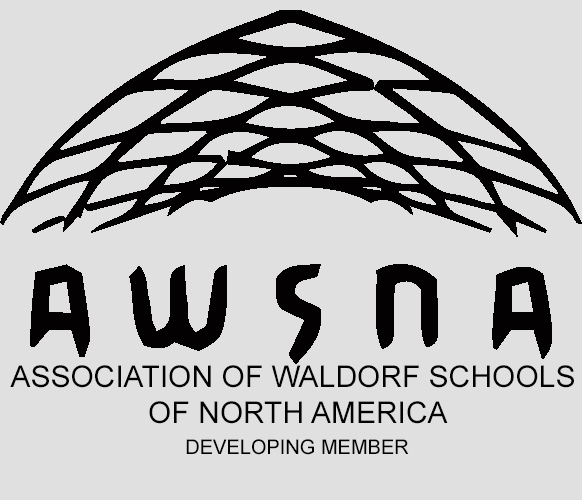Language Skills, Cursive Writing, and the Orton-Gillingham Approach
Class 2/3 Teacher Laurie Kozar and Grade 1 Teacher Svenja Donjon are currently taking the Level 1 training in the Orton-Gillingham approach to literacy through the Stern Center for Language and Learning hosted by Castletown University. Here Ms. Kozar shares some of the critical thought and science behind this training and why OG works so well for students.
As we shared in the September Apple Core, cursive handwriting is an integral part of language acquisition skills--and brain science researchers can see how this kind of multi-sensory education works through Functional MRI (fMRI) imaging of the brain. The Orton-Gillingham (OG) approach to reading and writing uses cursive writing as a foundational element in its structured approach to teaching language skills--at a time when many schools have dropped cursive writing from the curriculum.
OG was developed in the early part of the last century and its approach informs the principles of most other language and reading skills programs. The fact that many "new" programs, including Wilson, Barton, and Pearson, are based in the OG approach attests to the effectiveness and successes of OG's inherent flexibility. OG's approach is not a program; rather, it is an approach that is designed to be infinitely flexible and meet individual readers where they are. It builds success through strong, logical foundations of experiential and sensory learning. OG's success has been proven to effectively teach language skills and successfully remediate the challenges faced by students with dyslexia.
The OG approach ties together handwriting and reading skills. Handwriting is an integral part of the process of language acquisition and fluency in literacy. In OG lesson plans, students are directly taught spelling, reading, and handwriting, as well as expressive writing. Lesson plans are student-centric and specific, and engage students with multi-sensory experiences that help to create memory "flagging." Memory flagging reinforces the brain's memory channels and enhances recall capacities, retention, and fluency. The OG principles are surprisingly simple and engage all the senses: the visual channel, auditory channels (hearing and speaking), and kinesthetic-tactile channels of movement and touch. The latter is a large part of the argument for cursive handwriting as a modality for language skills success.
To learn more about cursive, dyslexia, and the fascinating world of brain science research and language skills, please follow these links:
Beringer, V.W. (2012, May-June). Strengthening the Mind's Eye: The Case for Continued Handwriting Instruction in the 21st Century. Principal. Reprinted with permission. Copyright 2012 National Association of Elementary School Principals. All rights reserved. http//www.litracyhow.com/wp-content/uploads/2016/09/b3ringer-minds_eye_handwriting_2012.pdf
Hanbury King, Diana. Why Bother with Cursive? (IDA Examiner April-May 2015) http://eida.org/why-bother-with-cursive/
The Big Picture: Rethinking Dyslexia
Filmmaker James Redford examines how dyslexia affects youths and their families through the experiences of four dyslexic students and the work of Drs. Salley and Bennett Shaywitz. https://www.youtube.com/watch?v=I5NFhTrXMqQ



